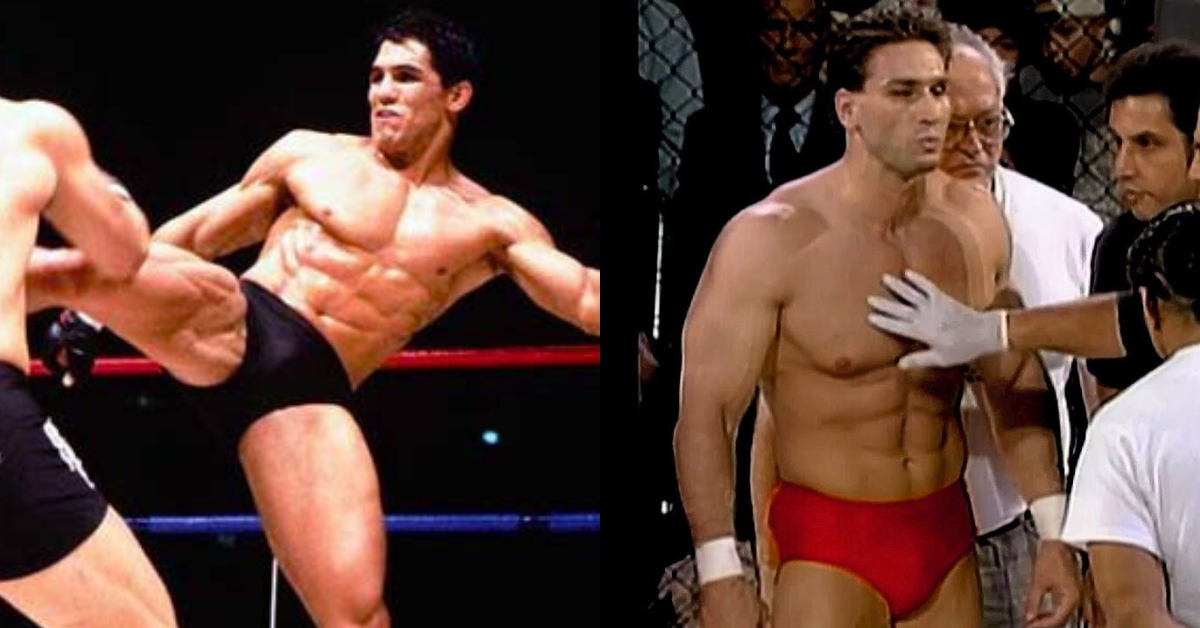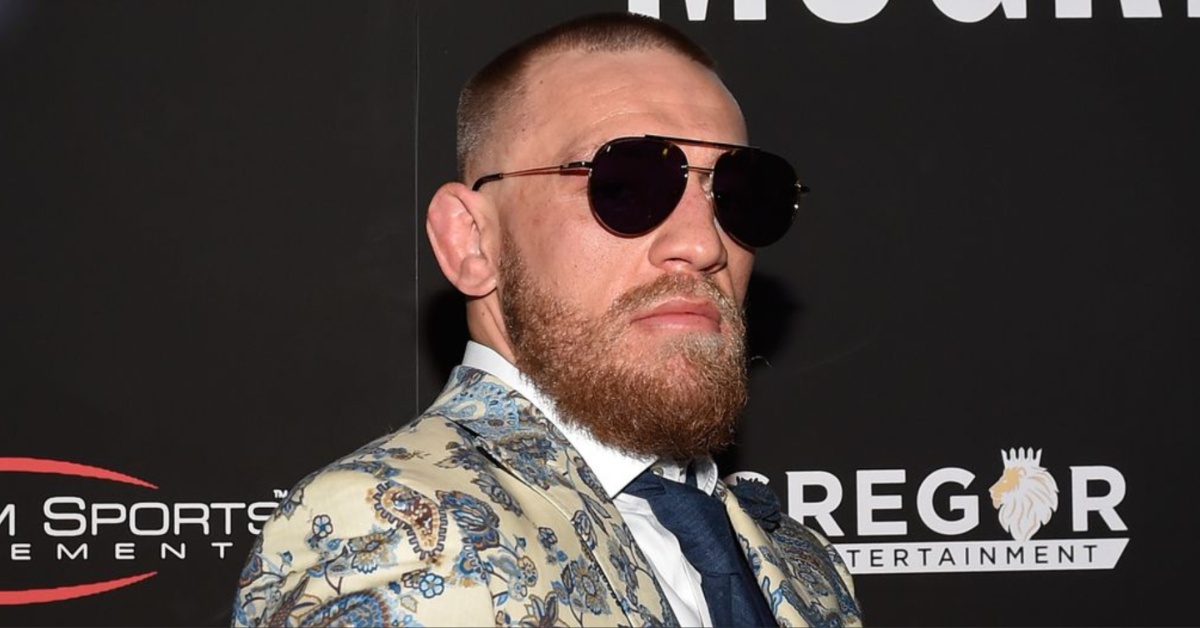
Brothers Frank Shamrock and Ken Shamrock were troubled youths who found their calling competing in the cage but their alternative was stripping. Each Shamrock UFC and other MMA titles throughout their career and were pioneers of the sport.
Frank and Ken Shamrock Stripping or MMA?
Bob Shamrock and his wife Dee Dee ran a group home for troubled youth, known as the Shamrock Boys’ Ranch. The ranch became home to many at-risk boys, including Ken Shamrock and Frank Shamrock, who were both adopted by Bob. Ken arrived at the ranch at age 13, while Frank came when he was 13, about 10 years after Ken
Under Bob’s guidance, both boys turned their lives around, eventually becoming legendary figures in MMA. Bob’s approach involved using sports, particularly wrestling and boxing, to channel the boys’ energy and aggression positively.

Ken Shamrock did well in American football but found success in professional wrestling, especially in Japan. After a falling out with their initial professional wrestling organization, Masakatsu Funaki and Minoru Suzuki founded Pancrase with Ken, which was an early proto-form of MMA. Ken would later pick titles in the UFC and was a standout in the WWF Attitude era. His brother Frank Shamrock would follow in his footsteps with success in Pancrase and titles in the UFC, Strikeforce, and the WEC.
However, if it wasn’t for MMA, stripping may have been the career for Ken and Frank Shamrock. In an interview with Quinton ‘Rampage’ Jackson, the former UFC titleholder Frank explained:
“So fast forward three years. [Bob Shamrock] comes, sits me down—I’m in prison—and he’s like, “A brand new sport is starting. It’s called the UFC.” And he’s like, “There’s this wrestling group over in Japan; you’d be perfect.” That was option one. And then he said, “You’d be a great stripper.” And he’s like, “Well, no, no, wait. Hold on a second.” He’s like, “Your brother made a lot of money, and it worked really well for him. He was able to establish, like, a thing” … I was in prison, so I don’t have all the facts, but we might have to ask him about it. [Bob] said, “Listen up, son. You know, fighting or stripping…””
Apparently, Ken’s stripper name was “The Italian Stallion.”
 Conor McGregor recently unveiled the five fighters he considers to be the greatest of all time. Shockingly, he wasn’t…
Conor McGregor recently unveiled the five fighters he considers to be the greatest of all time. Shockingly, he wasn’t…



 Ken Shamrock discusses the evolution of MMA over the past 30 years. The US-born Shamrock has been there since…
Ken Shamrock discusses the evolution of MMA over the past 30 years. The US-born Shamrock has been there since…